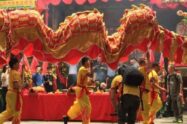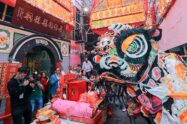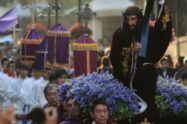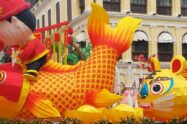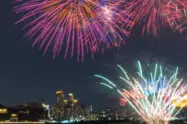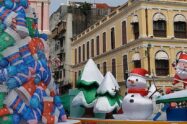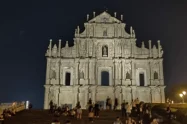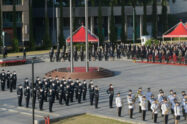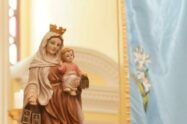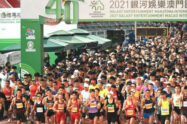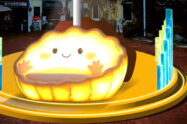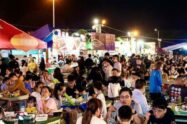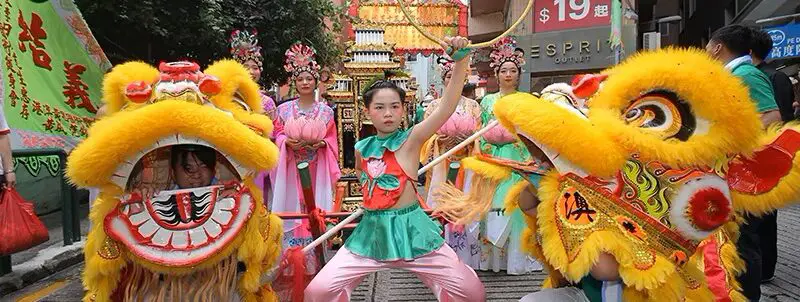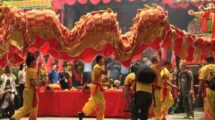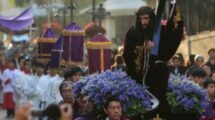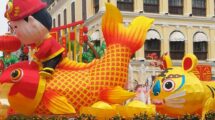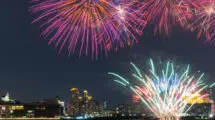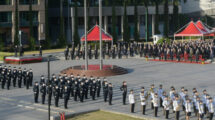The Feast of Na Tcha is an important Taoist holiday in Macau. It takes place every year on the 18th day of the 5th lunar month, the birthday of the Taoist deity.
The celebrations are held in the Na Tcha Temple, a few minutes from the famous Ruins of St. Paul’s and another temple on Calcada das Verdades.
Feast of Na Tcha, Macau, 2025 Dates, Ceremony, Rituals, Opera
For this reason, he is represented by chains around the wrists and wheels underneath his feet while wearing a traditional gold and red dress. The Feast of Na Tcha pays homage to the deity many believe protects children from disease and evil spirits. In Macau, customs dedicated to him date back over 300 years, though the local traditions differ from those in other countries.
He is one of the most famous gods in Macau, as proven by the many displays and exhibits dedicated to him. Among the best places to learn more about him is the Na Tcha Temple, where a room houses numerous objects used for his birthday. These objects include couplets, incense burners, ceremonial umbrellas, Sedan Chair, firecrackers, and more.
The devout visit shrines across Macao all day long to pay their respects and seek Na Tcha’s blessings. The most famous of these is, of course, the Na Tcha Temple. The 19th-century temple is located in Macao’s historic centre, on a hillside behind the Ruins of St Paul’s. It is believed to have been built to stop a plague that was devastating the region at the time.
Throughout the festival, the temple buzzes with activity, as worshippers bring offerings of fruits, flowers and incense to the shrine; engage in prayers and rituals; and seek the deity’s protection and guidance for themselves and their families. The temple also hosts traditional ceremonies and performances, including Cantonese opera, a can’t-miss event for anyone interested in Chinese heritage. The beating heart of the festivities, though, is the grand ritual procession.
Worshippers dressed up as golden dragon guards and celestial beauties lead a parade of hundreds, setting off from the Na Tcha Temple and travelling past Rua do Campo, Avenida de Almeida Ribeiro, Rua dos Mercadores and Senado Square. A statue of Na Tcha is “invited” into a golden palanquin and carried along the streets to the rhythmic beat of gongs and drums. The revelatory energy reaches its crescendo as young children dressed like Na Tcha are paraded high up on poles, an eye-catching symbol of the community’s deeply held respect for the deity.
As the procession winds through the Macao Peninsula, worshippers line the streets, offering prayers and burning incense. The air fills with the crackle of firecrackers and the joyful chants of the devotees. Elsewhere, vehicles travel alongside lion dancers as they tour Taipa and Coloane with Na Tcha statues in tow, bringing the festival to the whole of Macao.
Beyond the colourful processions, the Feast of Na Tcha features a range of other cultural traditions and rituals. Local vendors set up stalls selling traditional Macao snacks, crafts and other goods. Chinese opera, lion dances and acrobatic displays captivate audiences. These unique rituals are a testament to the deep-rooted traditions that define Macao’s identity.



























